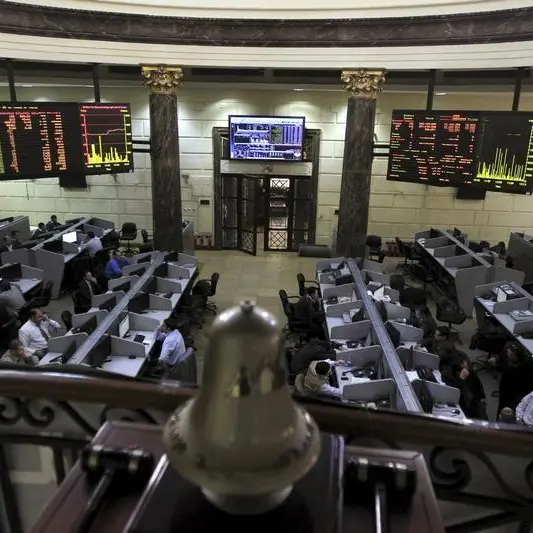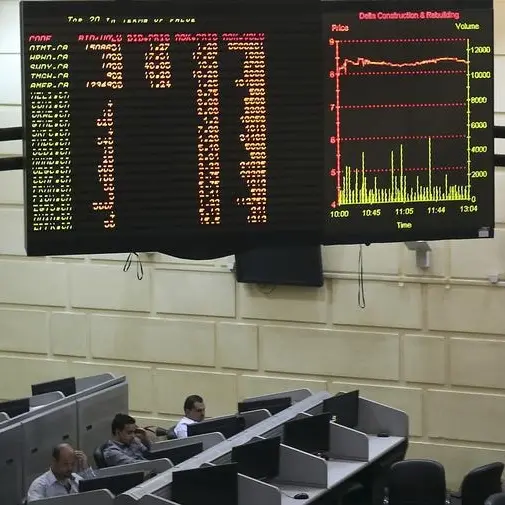U.S. natural gas futures slipped on Thursday on forecasts for an end to heatwaves over the next two weeks as hot weather in Texas and California is likely to end this weekend.
So far this week, however, some power prices in the U.S. West hit multi-year highs and demand in Texas broke the June record as homes and businesses continue to crank up their air conditioners to escape the heatwaves.
Traders noted the decline in gas futures came ahead of a federal report expected to show a smaller than usual storage build last week when the weather was warmer than normal and exports to Mexico were at record highs.
Analysts forecast U.S. utilities added 72 billion cubic feet (bcf) of gas into storage during the week ended June 11. That compares with an increase of 87 bcf in the same week last year and a five-year (2016-2020) average increase of 86 bcf.
If correct, last week's injection would boost stockpiles to 2.483 trillion cubic feet (tcf), or 2.7% below the five-year average of 2.553 tcf for this time of year.
Front-month gas futures NGc1 fell 3 cents, or 0.9%, to $3.221 per million British thermal units at 9:07 a.m. EDT (1307 GMT).
In the West, power prices for Thursday at the Palo Verde hub in Arizona soared to a record $1,420 per megawatt hour (MWh) on the IntercontinentalExchange. That compared with a five-year average of just $32.
Prices at the Mid Columbia hub in Washington State, meanwhile, jumped to $239 per MWh for Thursday, their highest since hitting a record $255 in August 2018.
Data provider Refinitiv said gas output in the Lower 48 U.S. states averaged 91.6 billion cubic feet per day (bcfd) so far in June, up from 91.0 bcfd in May but still well below the monthly record high of 95.4 bcfd recorded in November 2019.
Despite forecasts for warmer weather on the horizon, Refinitiv projected average gas demand, including exports, would slip from 89.5 bcfd this week to 87.8 bcfd next week as power generators burn more coal and less gas to keep air conditioners humming.
The amount of gas flowing to U.S. LNG export plants slid to an average of 9.7 bcfd so far in June, down from 10.8 bcfd in May and an all-time high of 11.5 bcfd in April. Traders noted LNG feedgas was down due to short-term maintenance at the Sabine Pass and Cameron export plants in Louisiana and some of the pipelines that provide them with fuel.
But with European and Asian gas prices both trading over $10 per mmBtu earlier this week, analysts said they expect buyers around the world to keep purchasing all the LNG the United States can produce.
U.S. pipeline exports to Mexico averaged 6.6 bcfd so far in June, putting them on track to top May's 6.2-bcfd record.
(Reporting by Scott DiSavino. Editing by Jane Merriman) ((scott.disavino@thomsonreuters.com; +1 332 219 1922; Reuters Messaging: scott.disavino.thomsonreuters.com@reuters.net))











